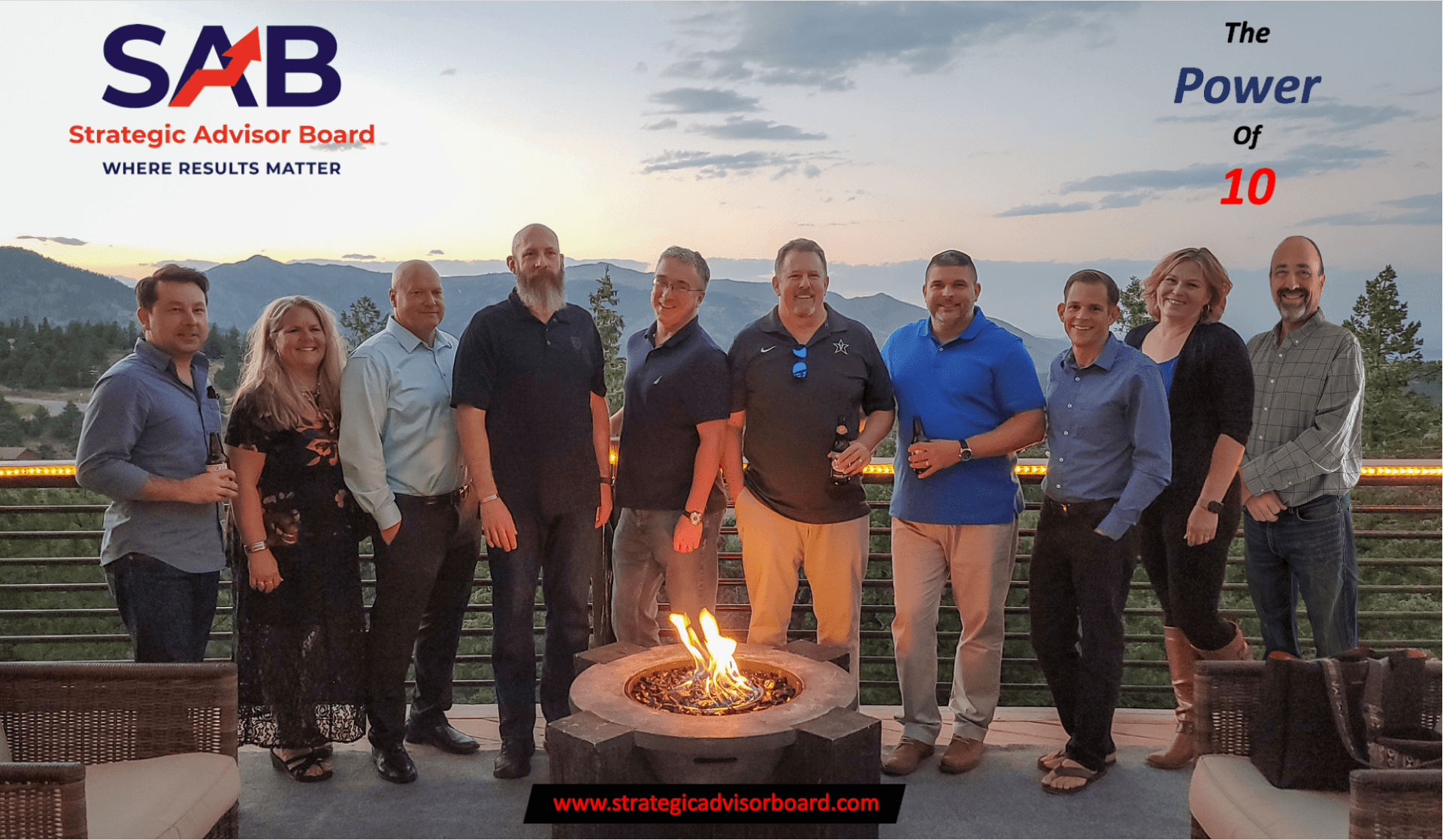Why Asking Your Employees Where They Want to Go Is Important?

Often, companies have teams that work together in buildings for long periods. But does the same strategy work for an individual employee? Sure, it's convenient for managers to know where their team members are always. But does the same strategy work when it comes to employees? Maybe not, at least not if you want to get the best from them. Let's explore why asking your employees where they want to go is essential and how you can use this technique to drive better performance with your staff.
What do employees want?
It's a question that many businesses are asking themselves. A recent report by Gallup shows how vital it is to get this right if you want to remain competitive. The survey of over 100,000 employees across 200 countries showed that the most engaged employees wish to do the following:
- Have trust and confidence in senior leadership
- Work with a coach or mentor
- Know where the company is headed
- Be able to have a positive social impact on the world
- Be able to balance work-home life (where possible) or work remotely when necessary.
- They have meaningful personal development opportunities. While the boss is not necessarily the source of this, they are the ones who can organize those activities.
- Be managed in a way that empowers them to do their best work. It includes a trusting relationship with their boss, coaching and feedback, support, and encouragement.
- Be able to give and receive timely, constructive feedback (especially when they are doing something wrong.)
- Work on meaningful tasks.
What does it mean for business?
The report shows that getting this right can boost productivity and profits by 22% (yes, 22%). Even more impressively, is that the same Gallup report found that employee engagement has increased from 30% to 40% in the last decade. It is despite economic uncertainty and a global recession. So businesses are getting better at giving employees what they want. And if they continue to do so, it adds up to billions of dollars in increased productivity and profits.
So why haven't we all been doing this for years? It's not surprising that it takes time to understand and implement the techniques. So, in this article, we explore why asking employees where they want to go is essential and how you can use this technique to drive better performance with your staff.
Why is it important?
Usually, managers are too busy getting their heads down at work or in a meeting or conference call to pay attention and watch how their people operate. They miss the signs that things are not as they should be. However, asking your employees where they want to go puts the onus on them to plan their professional development and identify the skills and behaviors, they will need to become more successful with you. So how does it work?
Decide with your staff where you want them to go.
The first step is for you and your staff member to decide how best to make him/her successful in your team. Ask your staff member where he/she wants to go in their position, in your team, and at work.
Find out what the most critical skills and behaviors are for that role.
Help them identify how they will develop these attributes through coaching, mentoring, training, and support from you as a manager. You could ask them what they think they need or ask them to conduct a self-assessment. You could even do it yourself and get their feedback on how effective you are at being their coach or mentor.
Agree on next steps to achieve and measure progress against goal.
It's essential to make sure that your actions match their behaviors. So, you must be prepared to take the steps they need and reward them when they do the right things. If you don't, they will lose trust in you, which will prevent them from being as engaged with their work as they should be.
By asking where they want to go, you are forcing them to be accountable for the role they play. You're also providing them with an opportunity to be successful. What's more, having a clear plan in place for how they will move forward gives your staff member the chance to see themselves as someone who you and your organization value.
Support employees in achieving goals
The next step is for you to support them in achieving their goals. The result is that you have a fully engaged, productive, and satisfied employee who will make your business and your organization better.
What can this do for your business?
A great illustration of its work can be found in a case study published by Accenture in 2012. The company ran a program called "The Road Ahead" and surveyed employees on their work-life balance and personal desire. The company found that the more significant issues for employees included:
Frustration about work-life balance.
Employees were frustrated with long working hours and a lack of time for family, friends, and other activities outside of work. It's imperative to get this right in young employees who have yet to invest many years into their careers. However, this can lead to them leaving your organization if they're not happy. So it's important to address these matters before they become a problem (that could affect business performance).
Personal aspirations.
Employees wanted greater flexibility with their work hours and a better chance to get promoted. However, they also said they felt that promotions were based on things they couldn't control, such as their boss and the organization's culture or structure. The organization, therefore, needed to provide even more opportunities for development throughout the organization.
Unfocused meetings.
It was highlighted in the report that meetings were unproductive and had no purpose or direction. The solution was to limit their number, focus them on specific activities, and, if possible, hold them outside of regular hours.
The next step was that Accenture asked employees what they wanted from work, who they wanted to become, and what they wanted to achieve. The result was the "Accenture Future State," where the company identified four essentials that employees were looking for:
Greater choice.
Employees wanted more flexibility in how they worked. So, the organization needed to provide an environment where people could work remotely and flexible hours.
Greater control.
Employees wanted more control over how they were measured and to be able to prioritize their work activities. And they also said that they wanted to make decisions and take on more responsibility within the organization.
Greater recognition.
Overall, employees wanted greater recognition for their achievements, ensuring that their contributions were recognized. So, the company needed ways to recognize and reward people for exemplary work, even if it was outside working hours.
Greater purpose in life.
What this was all about was employees wanting meaningful work. They wanted a sense of purpose and felt valued as an individual. The organization needed to make sure employees felt respected and allowed to make a difference.
How do you implement it?
The key to achieving the desired results is to have an accurate picture of where your staff is during their time at work. You will find out how engaged they are with their work and how it impacts their productivity. You will want to identify areas where they need support and need to develop skills that will enable them to perform better.
For example, you may discover that your staff member struggles with giving a presentation. So, you can ask them to conduct a self-assessment or observe what skills are required for presenting well in front of other people. You could then provide coaching or training as part of their development.
Ask them where they want to be in their career, and then work with them to develop a plan to help them achieve that goal. For example, you might ask them to identify what skills they're going to need for promotion, how many people will need their help during the upcoming year, and how much time they will spend in each position. Then you can work out which of the roles available at your organization meet those criteria.
You can also develop plans for how your staff member will achieve their personal and professional goals. It can be an involved process and requires you to set the bar high for them. You need to let the staff members know that you believe in them and trust them to succeed. So, help them develop a plan specific to what they are looking for, so they can see themselves as someone who is being valued by the entire organization and who will make a difference.
The result is that your staff members will be more successful and motivated to achieve great things. And you will have created a highly engaged, productive, and satisfied employee who can make your business better.
What are some examples of different types of development programs?
To enable you to achieve your goals with your staff members, there are various types of development programs that can be used:
Cross-functional development programs.
These programs are designed to help people become skillful across the entire organization. It is a great way to improve performance and drive development throughout your organization. You can use these programs to go version through your staff members and allow them to unlock their full potential.
Job shadowing programs.
These programs allow employees to shadow someone who is currently working in a different role in the
business, so they can see how things are done from that perspective. It provides an excellent way for staff members to understand how others work, which can help them be more effective at their job.
Job rotation programs.
These are similar to job shadowing programs and allow people to explore other roles in the business. It is a good way for employees to understand what's involved within different functions, which will enable them to be more successful when it comes to their performance.
Orientation and training programs.
These are designed to help new staff members get up-to-speed on the company's culture and how things are done within the organization. It will help them be more effective from the very beginning and make a more significant contribution to the business.
Skill training.
It is designed for employees who need to develop specific skills for themselves. For example, you may have an employee who wants to improve their communication skills to be more effective during meetings or presentations. It is where you provide them with coaching or training opportunities that are specifically designed to address their concerns and needs.
Scholarship programs.
These are designed for employees who want to study or learn about a specific subject. For example, you may have a staff member interested in creating websites and wants to know more about the technology behind them. It is where you provide them with the information and training that they can use to understand better what it takes to design a successful website.
Experiential learning programs.
These are designed so employees can get out there in the world and gain more hands-on, practical experience. It is a great way to go beyond their current training and understand how things work in the real world.
What can you do to ensure staff members are motivated during their time at work?
There are several different strategies you can use to improve motivation, which includes:
They are improving the staff member's perception of their career opportunities.
It's essential to create a positive perception of what is available to achieve in their career. It will make them feel like there are open doors for them to take advantage of and be more effective at achieving their personal and professional goals.
You are building a sense of pride in the work that you do.
Whether it's through a team mentality or seeing the big picture of how everything works, people will have a better perception of their role and feel more motivated to do well.
We are offering rewards for being successful.
It can be offered through monetary gain, recognition within the organization, or even participating in an outing such as a sporting event or lunch at a nice restaurant. You can also use these rewards to celebrate achievements or improve performance on an ongoing basis.
You are providing plenty of recognition for your employees.
Everyone likes to be acknowledged and appreciated for their efforts and know that they are doing a good job. It helps them feel more motivated and increases their engagement with what they do within the business.
Do you feel like you are struggling with putting "strategy" and "business growth concepts" in place that make a difference? Doing it all is overwhelming! Let’s have a honest discussion about your business and see if the Power of 10 can help you. Click “HERE” to have a great conversation with our team today.
Written and Published By The Strategic Advisor Board Team
C. 2017-2021 Strategic Advisor Board / M&C All Rights Reserved
www.strategicadvisorboard.com / info@strategicadvisorboard.com











